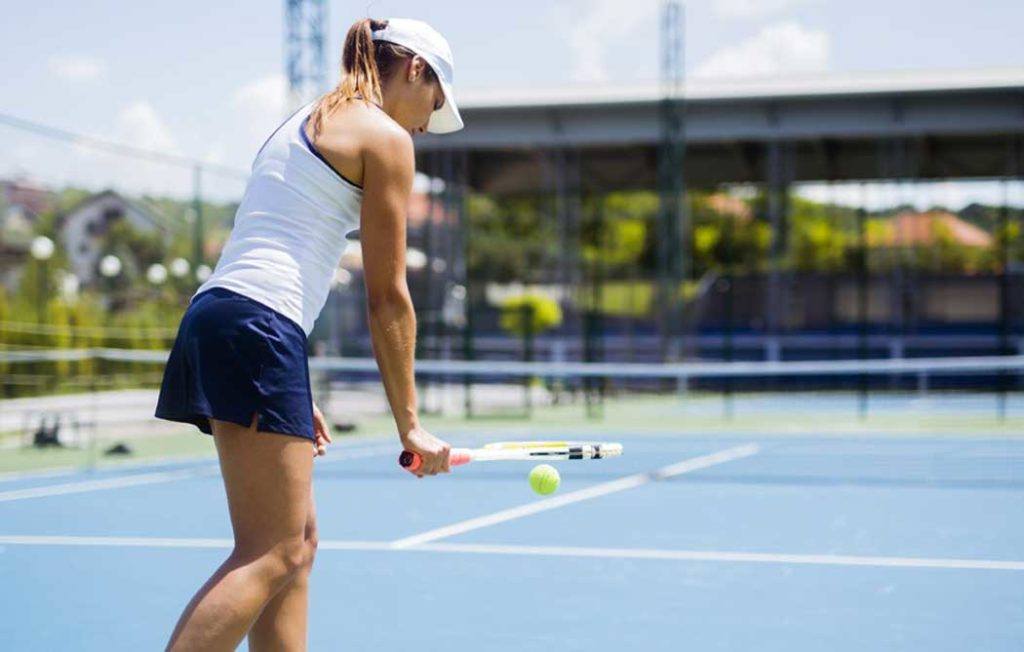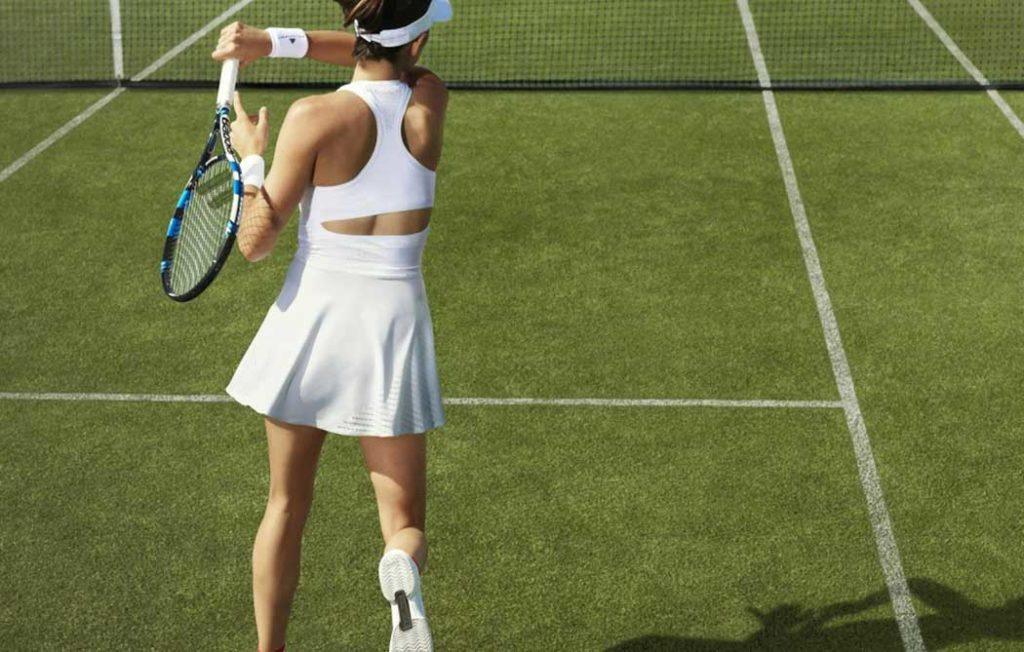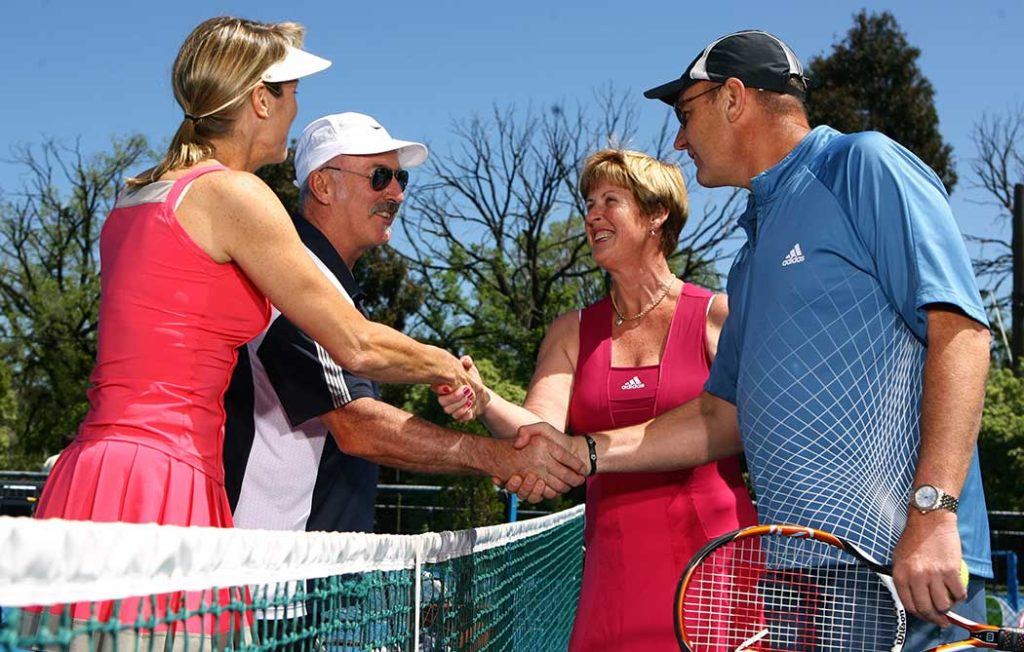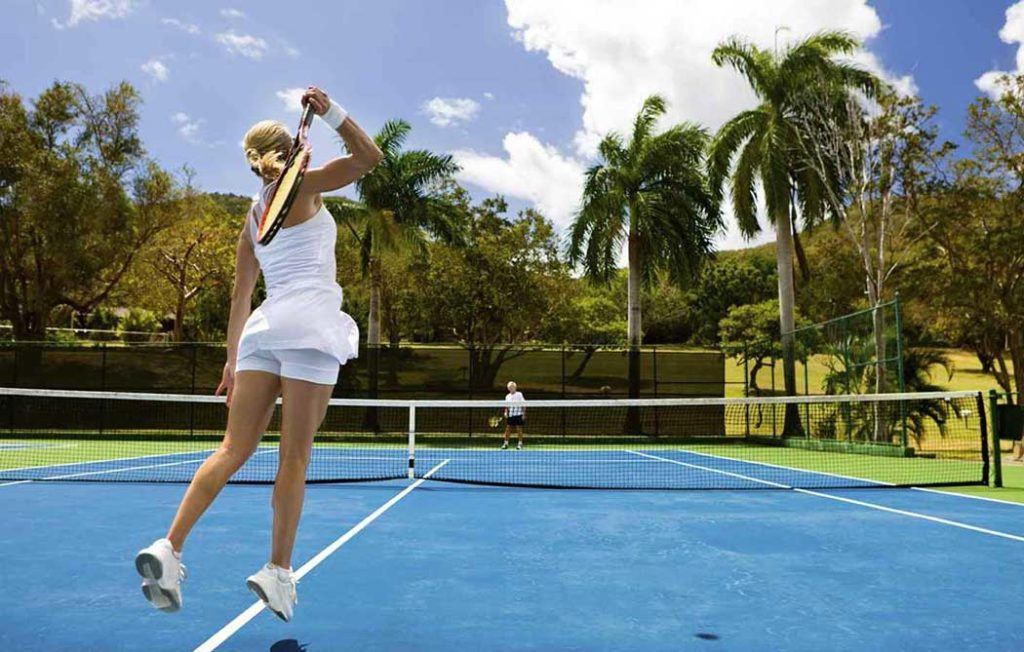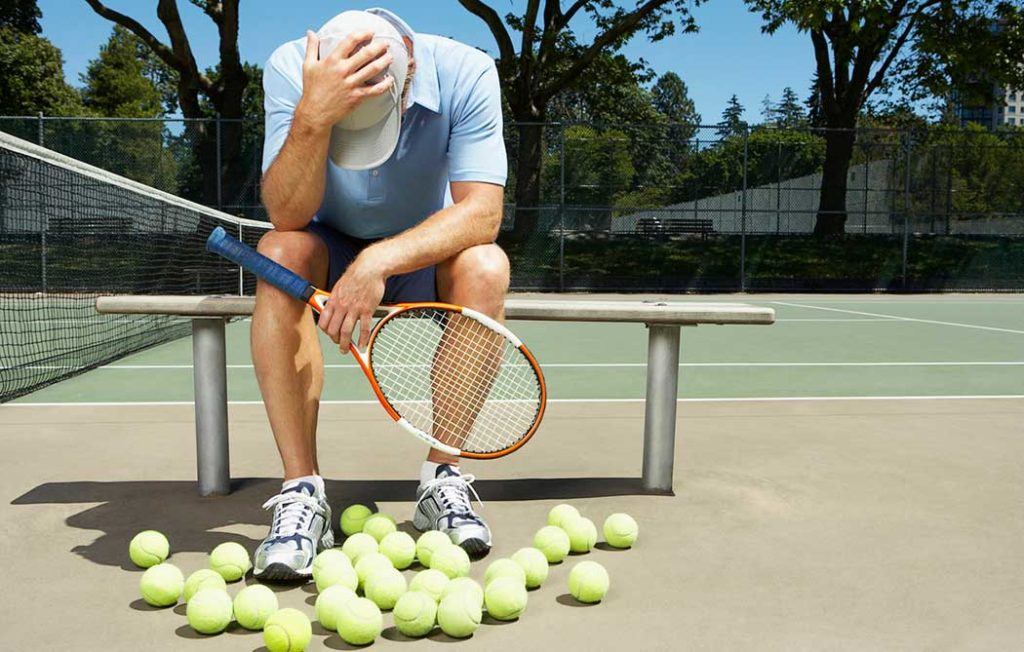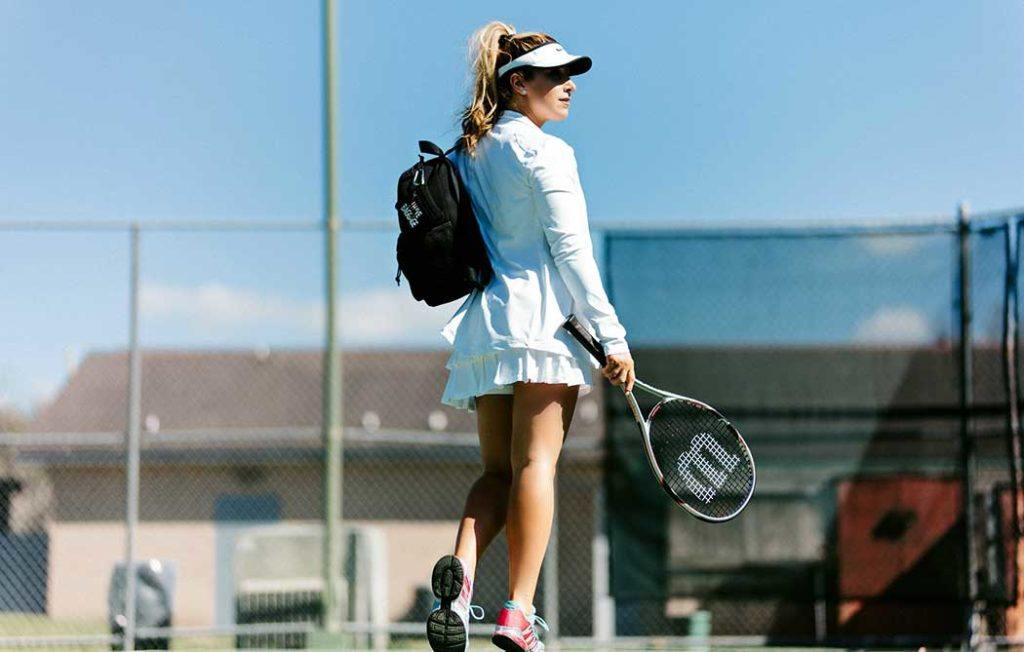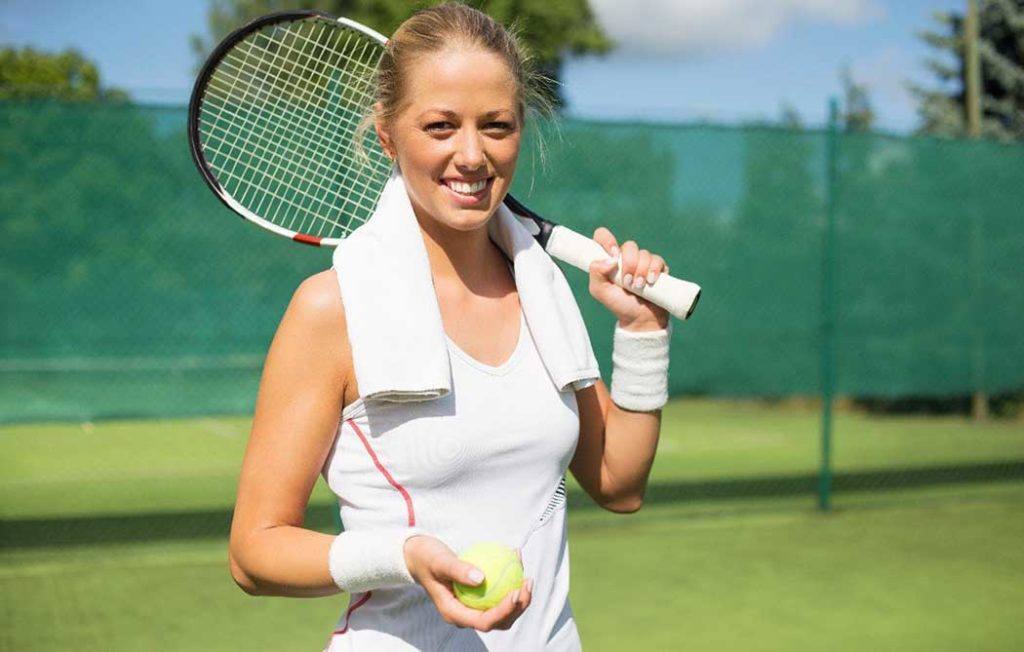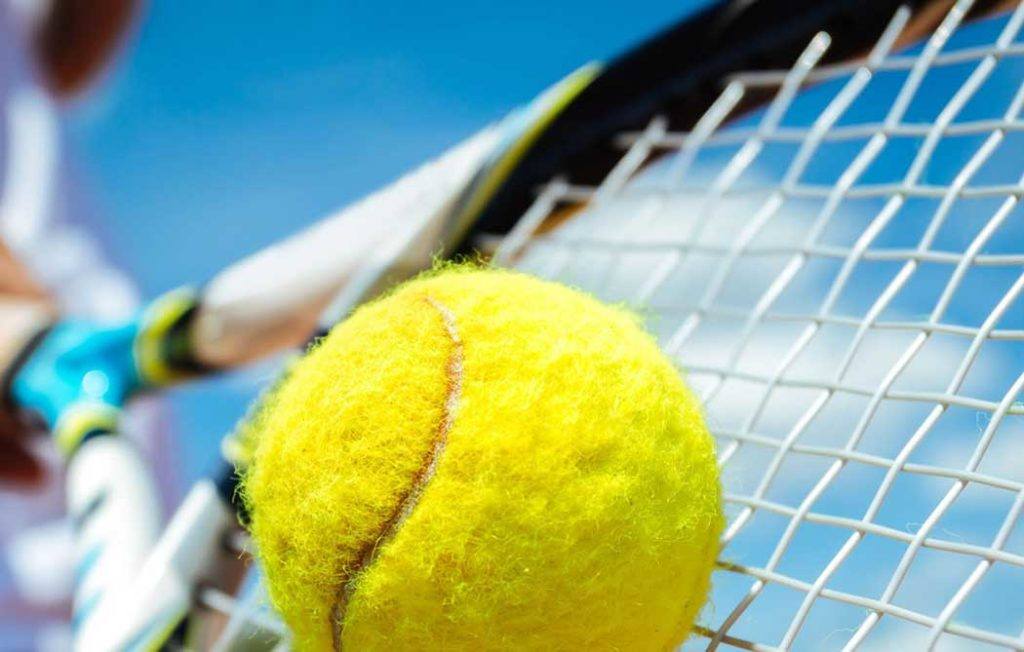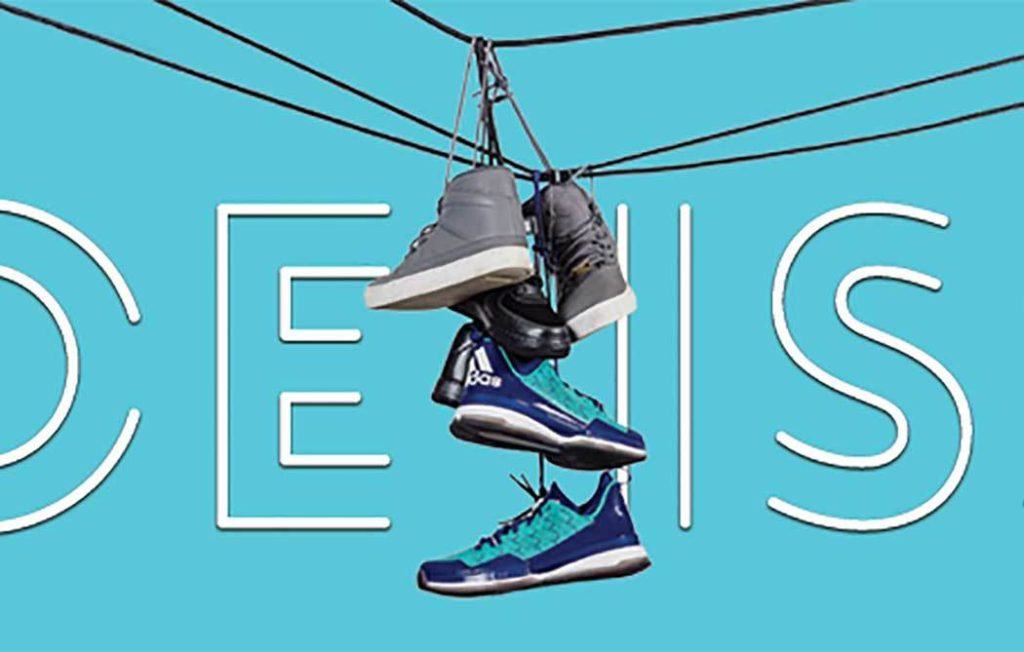{{current_weather.dt | momentjs( atts.date )}}
{{current_weather.temp | temp}} °{{units}}
{{day.dt | momentjs(atts.date)}}
{{day.temp | temp}} °{{day.temp_min | temp}} °{{units}}
Tennis Blog
How hard can a recreational tennis player hit a tennis ball?
While Professional Tennis players can average over 100 MPH, a strong recreational player can typically average around 80 MPH and still maintain good ball control Tennis rackets and string can also be...
Why do some players prefer “Grass Courts” over other types of surfaces?
For starters, Grass Courts advocate a much softer on your body and joints Up until the 1970s, grass was used at three of the four Grand Slam tournaments most notably Wimbledon, the exception being...
Do Sports Supplements really work?
We all love taking group tennis lessons especially with friends and family It’s a great way to stay fit with a healthy dose of competition As we get older, stamina becomes a contributing factor...
The Best Destination Tennis Vacations
Tennis is one of the few sports where players can find a court in almost any location However, for the true tennis connoisseur, only the best will do Destination vacations are becoming increasingly...
Tennis Court Equipment can make a difference!
There are different categories of tennis court equipment for individuals, facilities, and for instruction The most versatile on the market accommodate all categories That said there are a few “must...
Tennis Accessories are a “Booming” Business
The world of tennis continues to experience massive revenue growth at over 30% annually and tennis accessories are a booming industry Tennis clothier boutiques and specialty pro-shop retailers are...
Selecting the right Tennis Apparel
Tennis is one of the few sports that has a history of fashion and elegance Today, players literally have limitless options to choose from It is important to carefully select materials that breathe...
Can a tennis racket make a difference in your game?
Let’s start off by saying it depends! That said we should probably take-a-look at the skill level of the player first There is a correct and right choice for each skill level Players must also...

